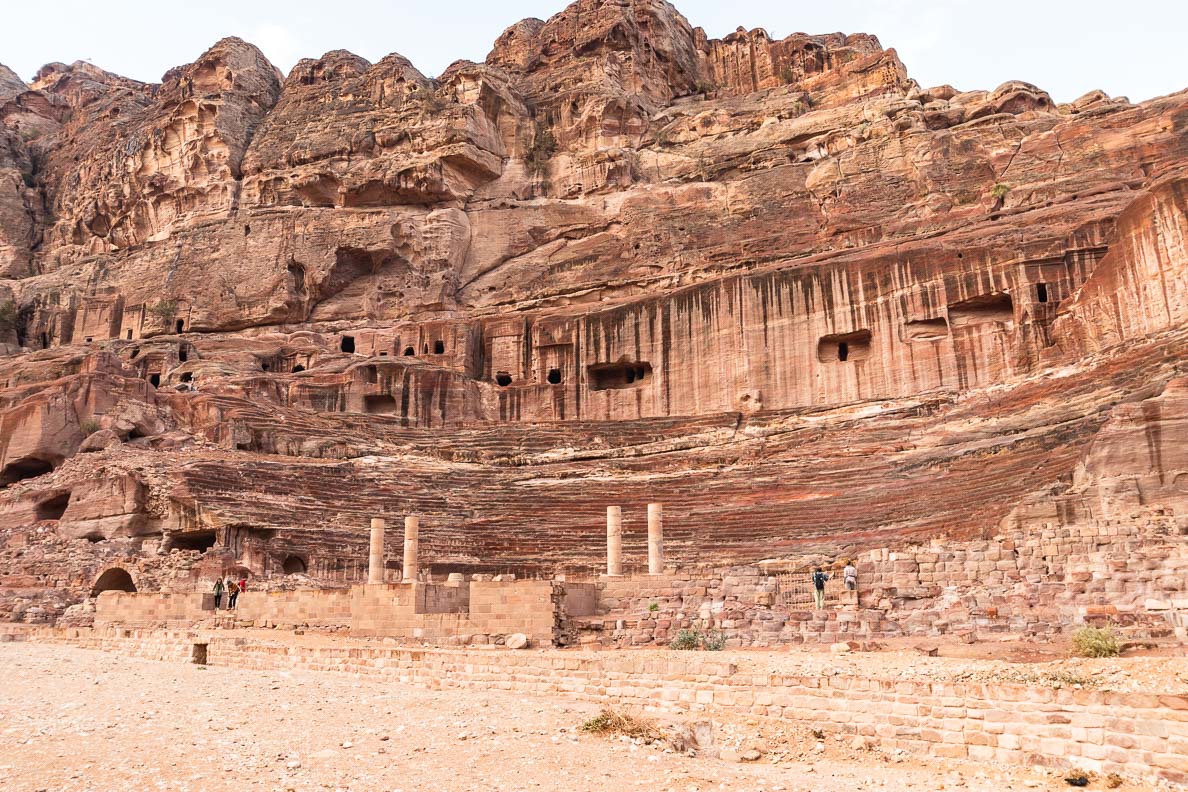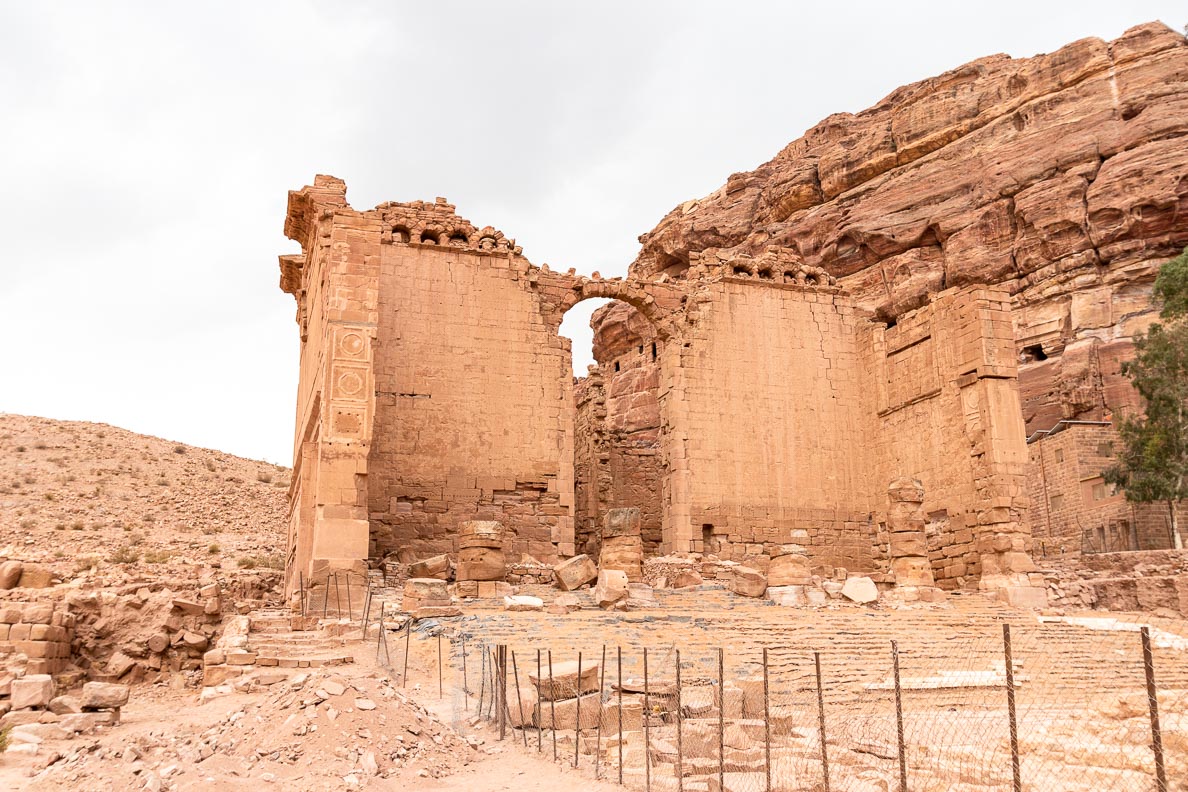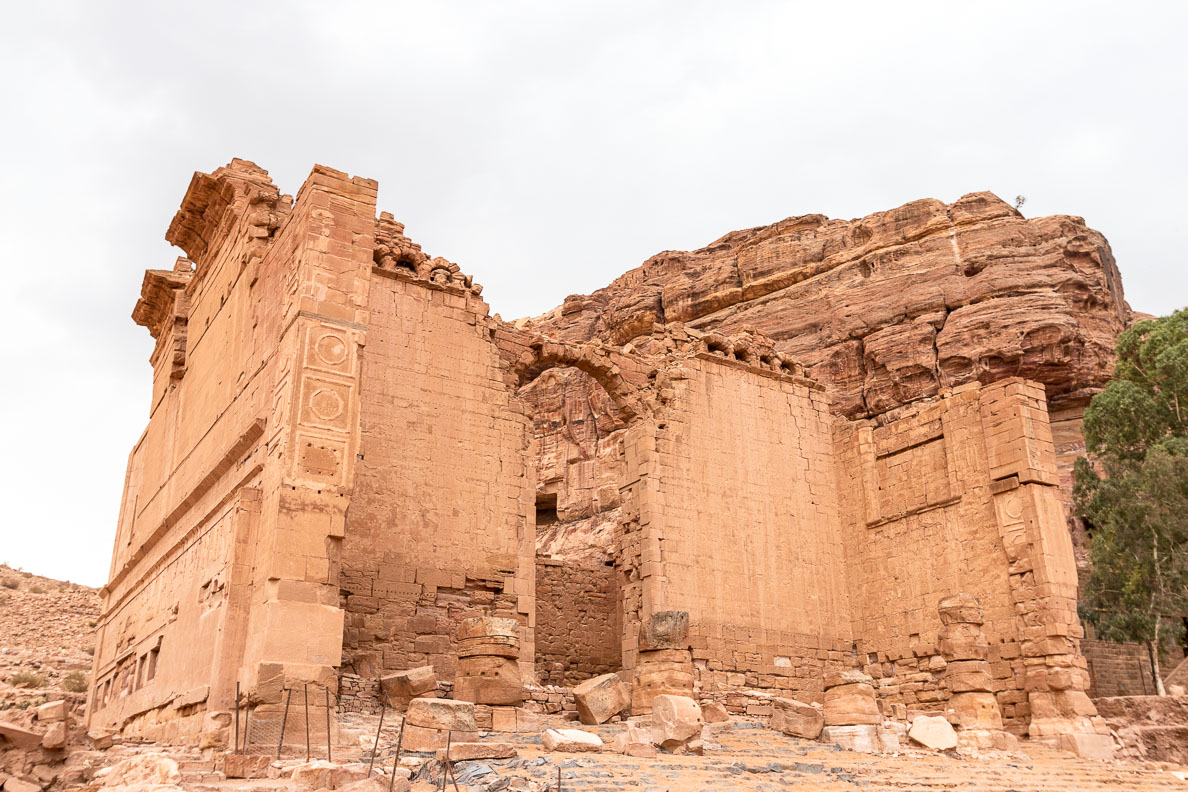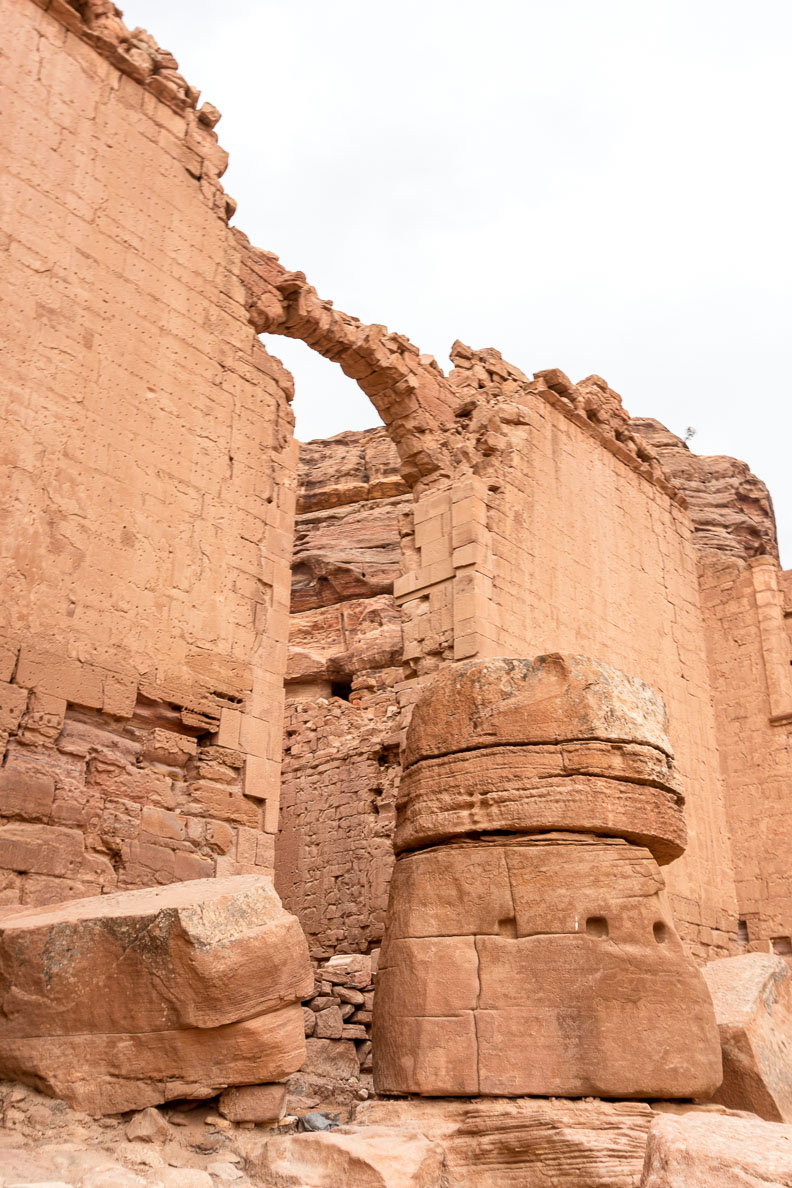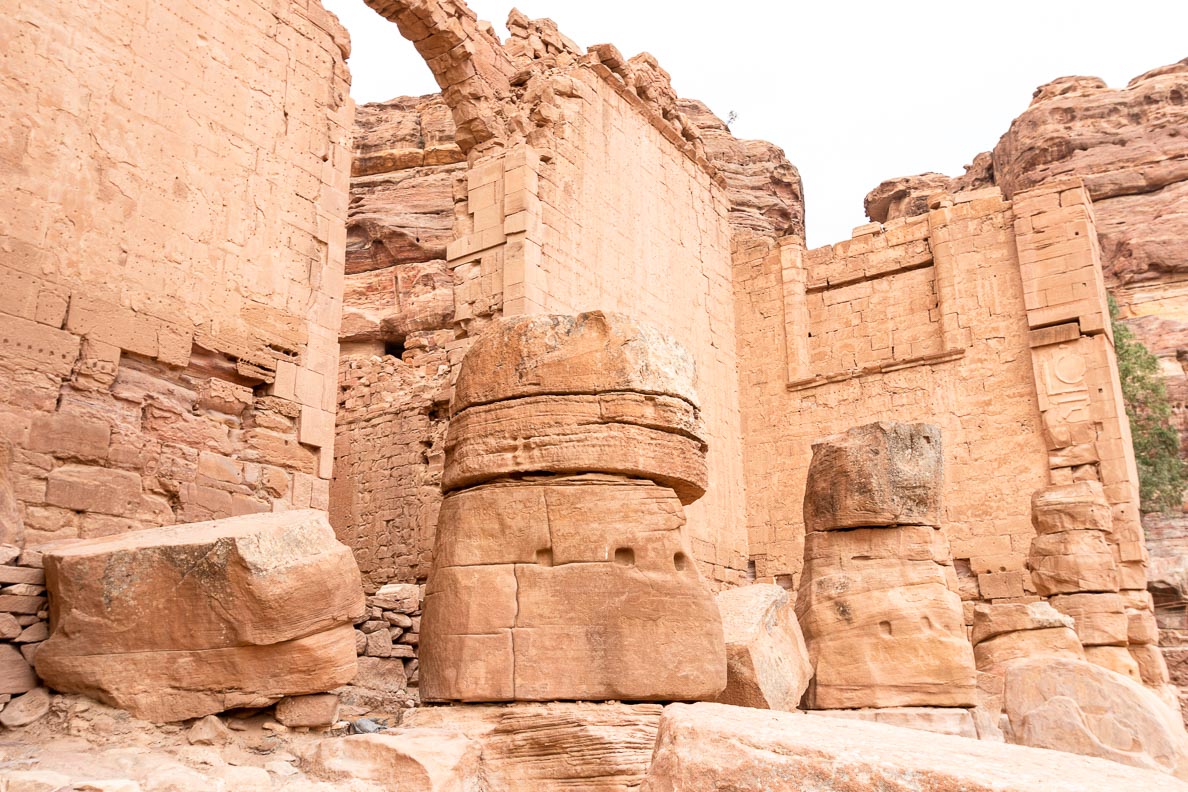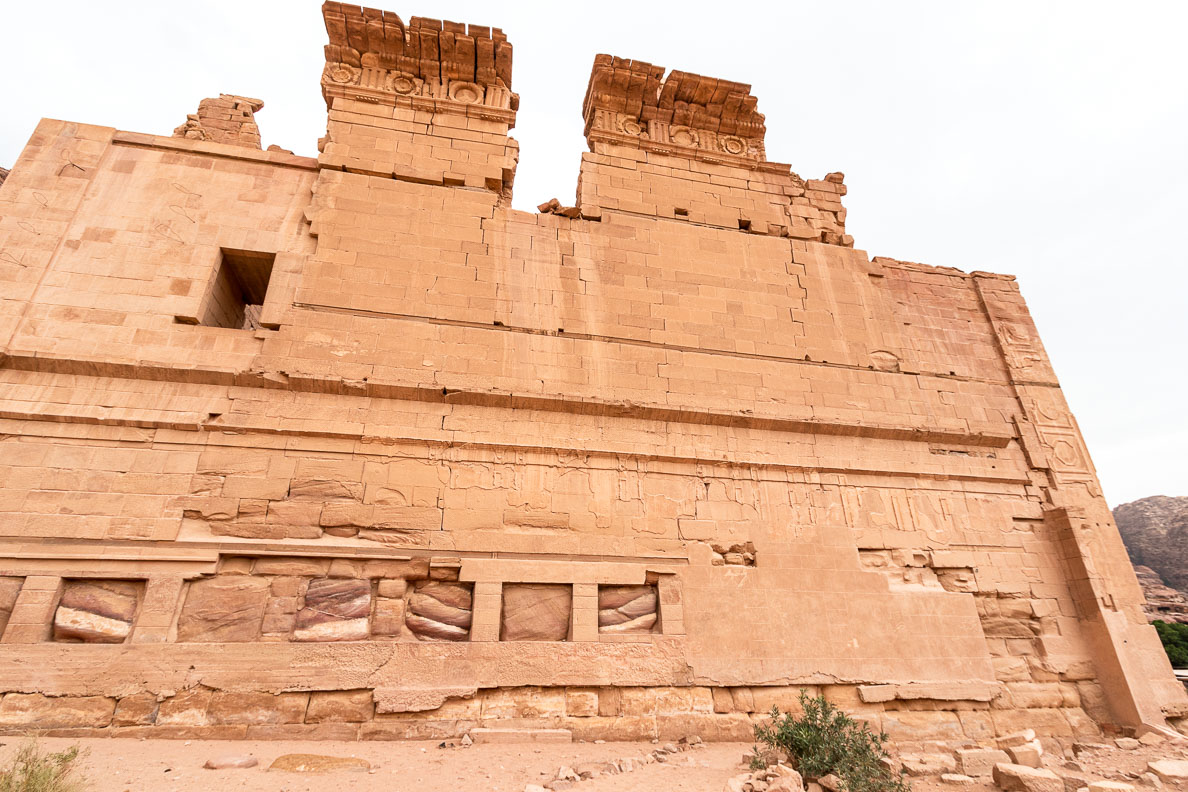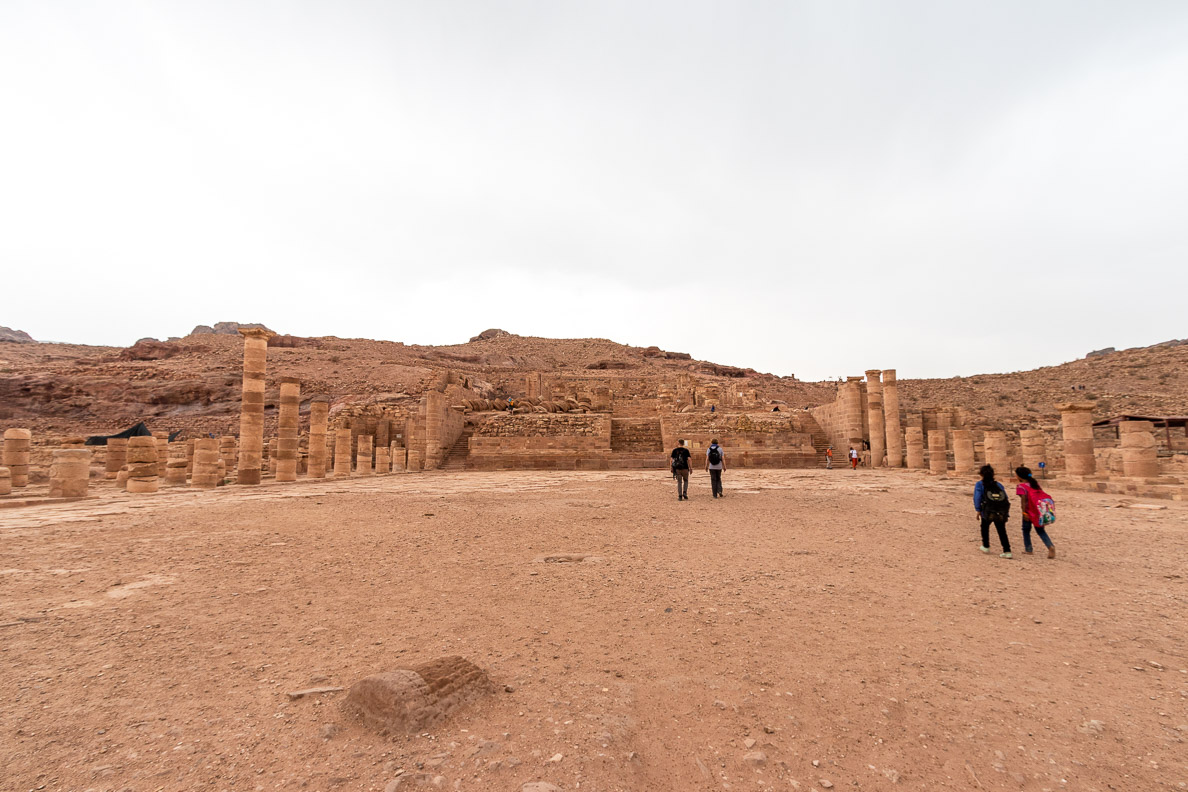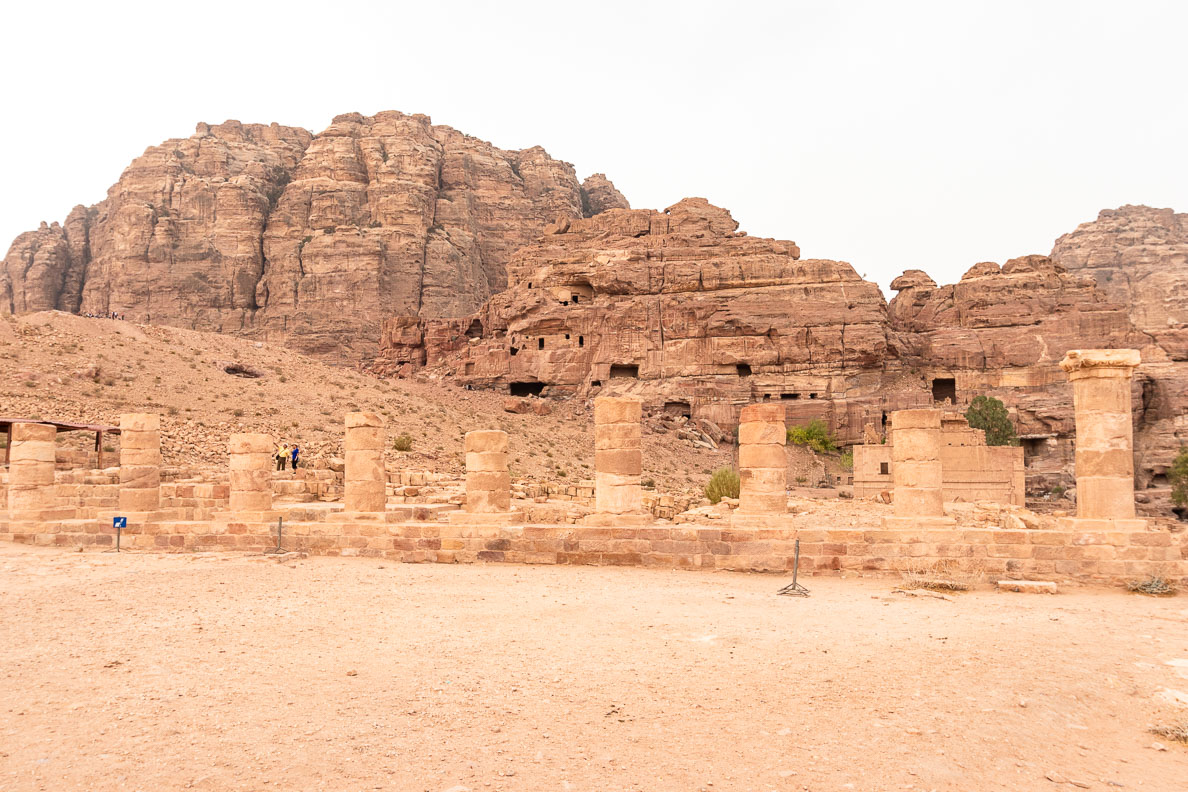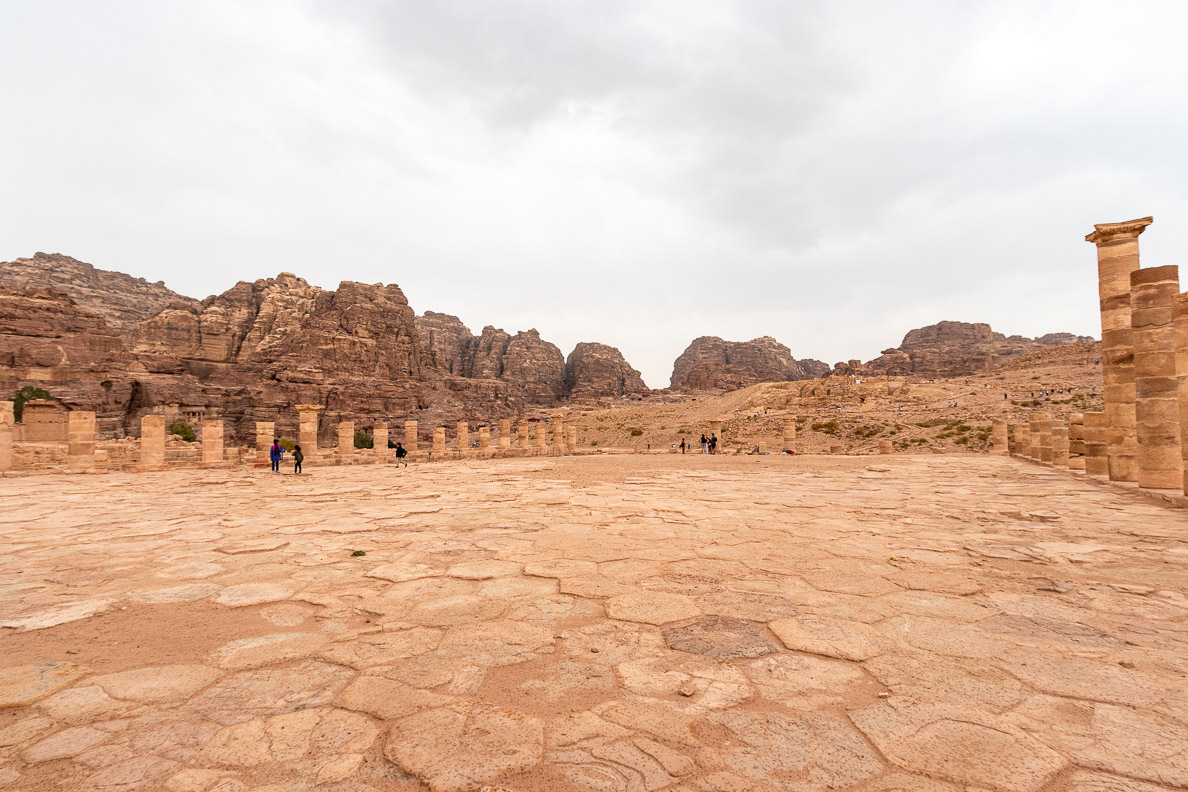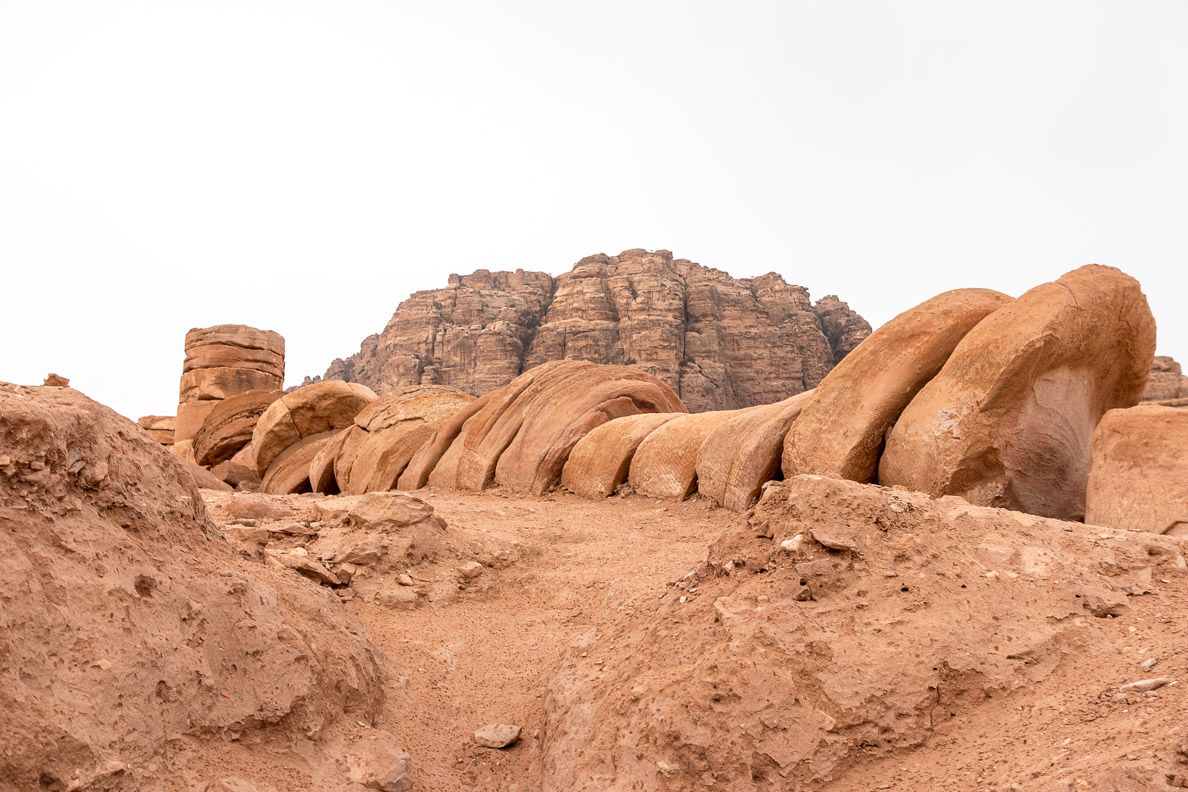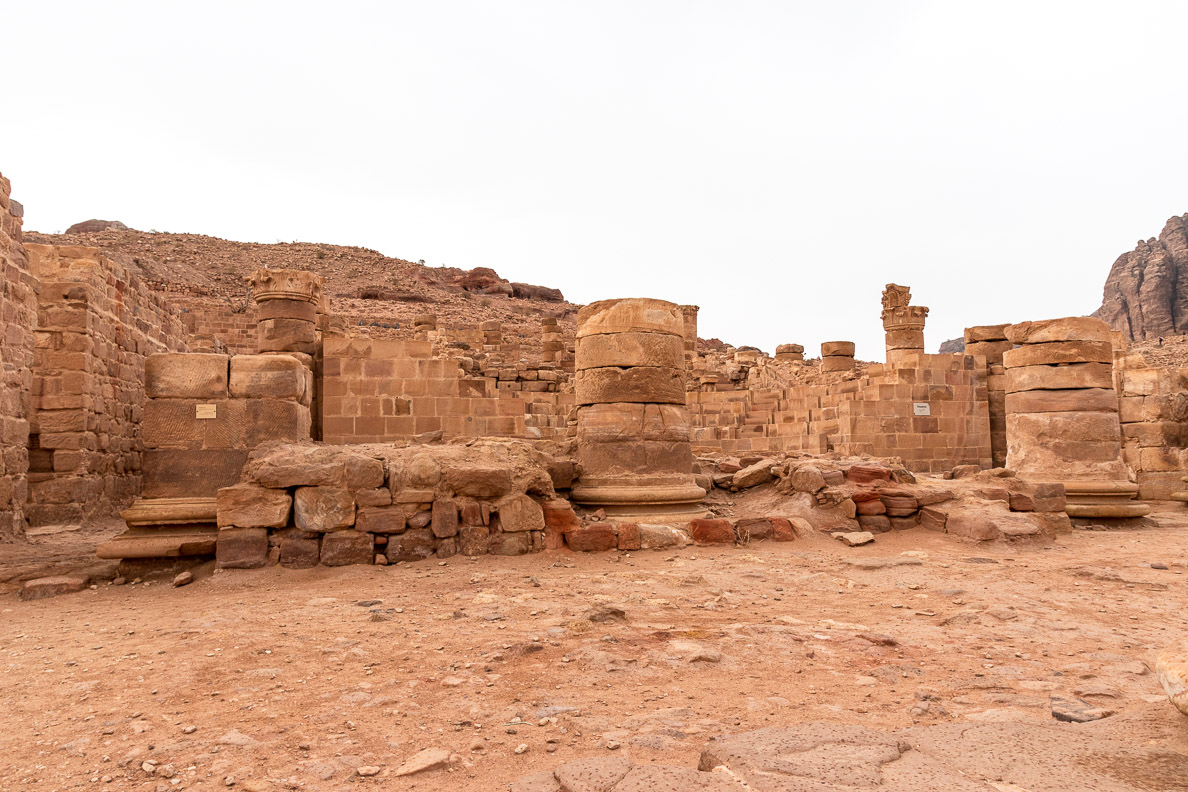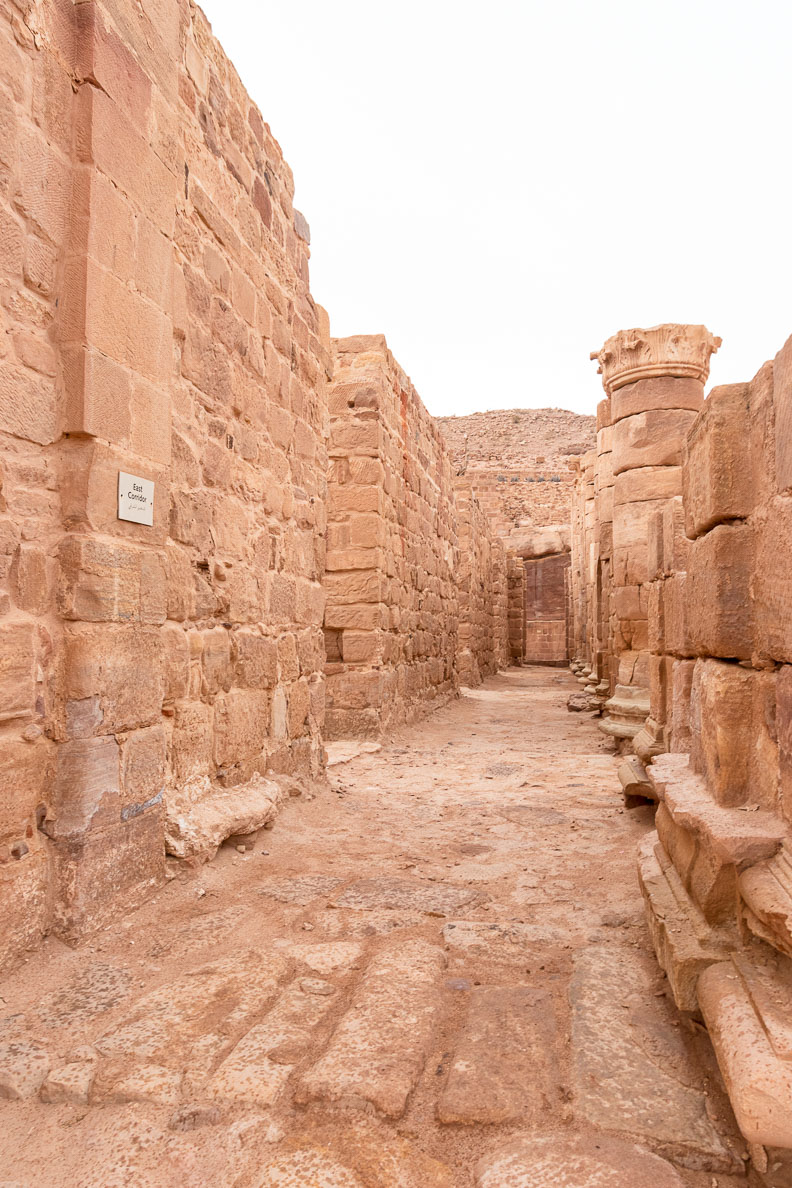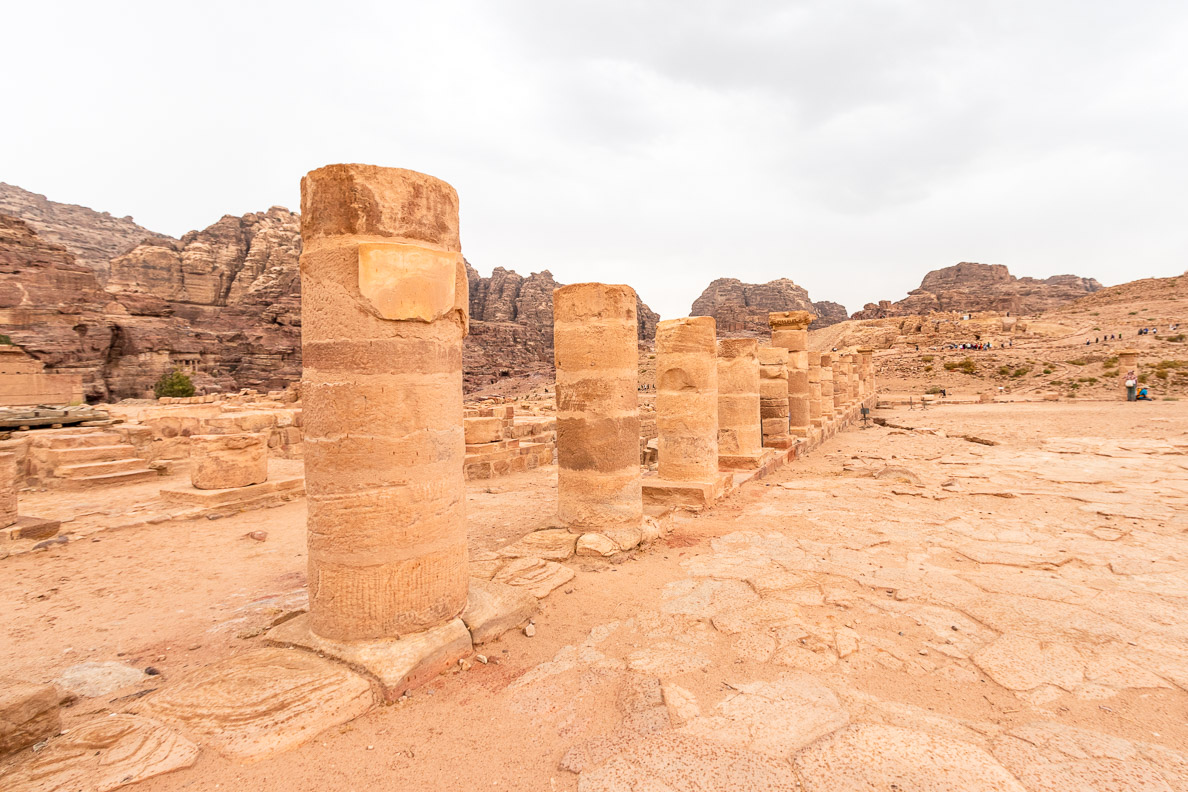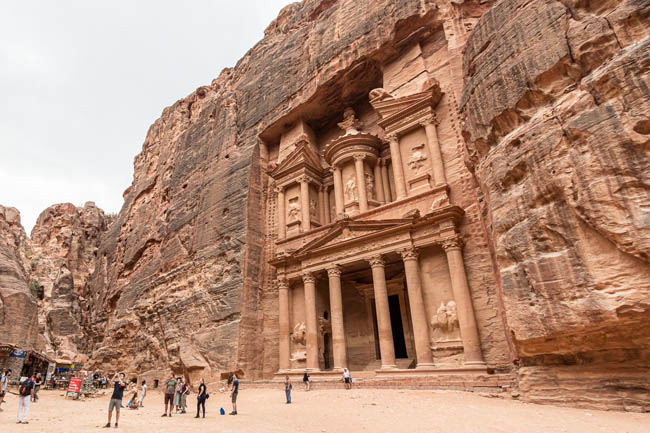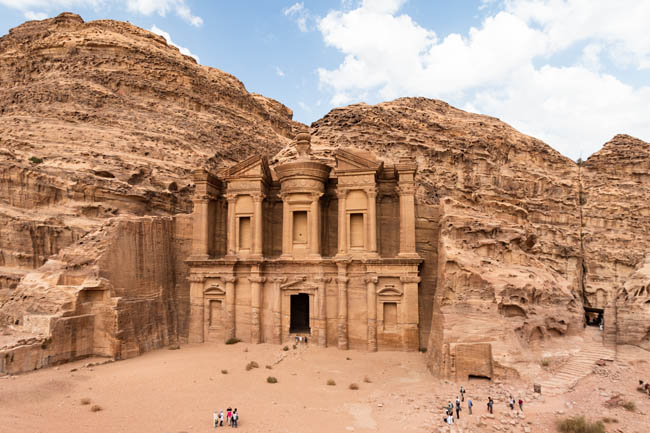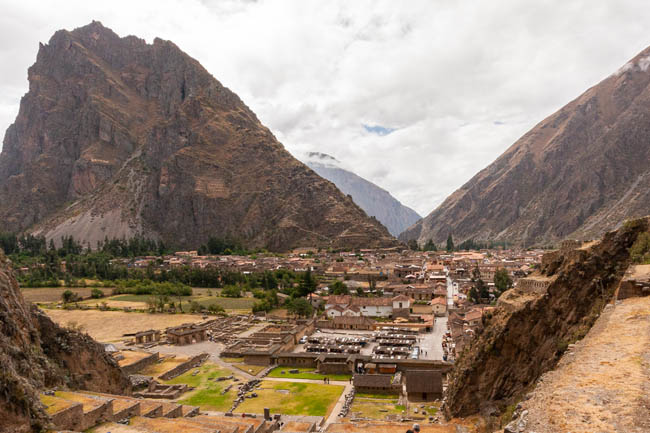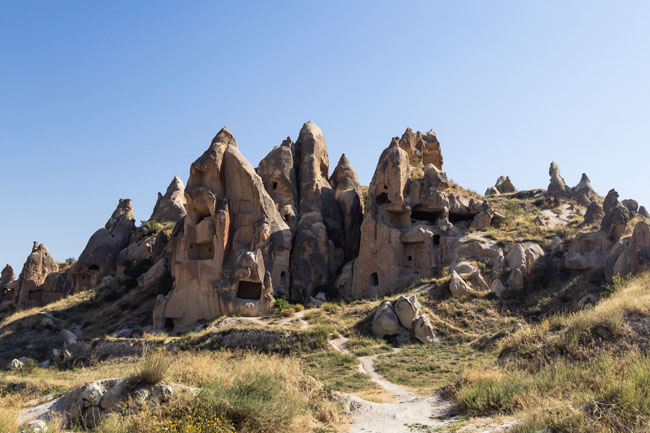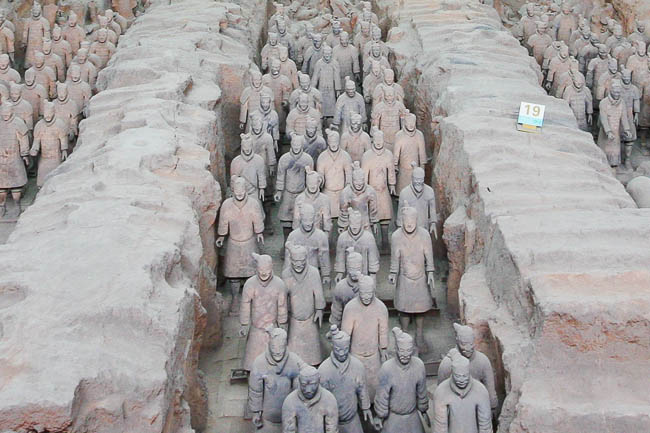JORDAN
PETRA
ٱلْبَتْرَاء
October 2019 • Canon 80D camera
UNESCO World Heritage site
Part of Petra
Petra was the capital of the Nabataeans ٱلْأَنْبَاط. The origin of the Nabataeans is not clear. Most academics agree that they came from Northern Arabia as normadic Arabs. The Nabataeans first came into prominence during the Hellenistic Age (323 BC - 31 BC).
Petra was rediscovered in 1812 by Johannes L. Burckhardt. It is surrounded by breathtaking landscapes and stunning rock-cut facades. Petra's buildings were further expanded and transformed during the Hellenistic, Roman, and Byzantine periods.
Palace tomb
Royal tomb
The Palace tomb was named based on its appearance today, rather than historical evidence for its use by royalty or occupation as a palace. The facade of the Palace Tomb has three orders, the highest of which reaches beyond the face of the cliff.
One of the largest monuments of Petra, the doors lead to four interior chambers. The two central ones are connected by a narrow passage. The Palace Tomb is considered to be one of the finest of the rock-carved monuments of Petra.
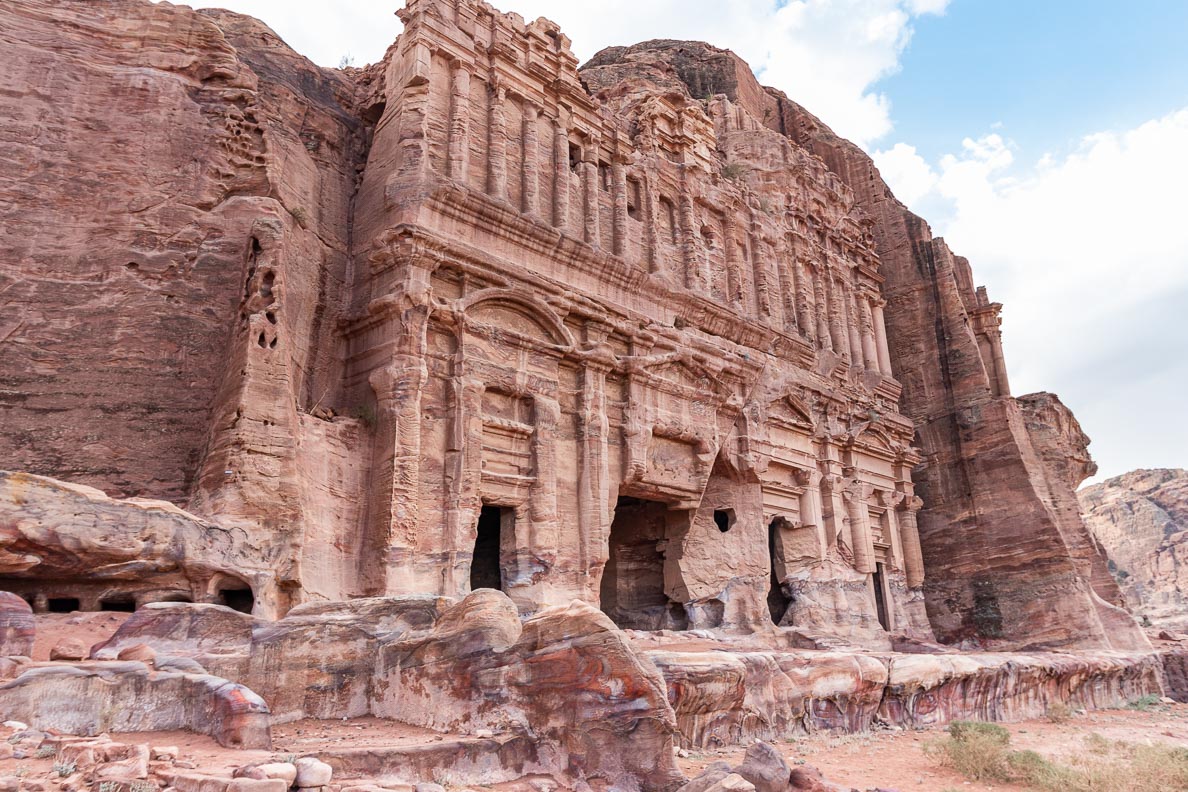
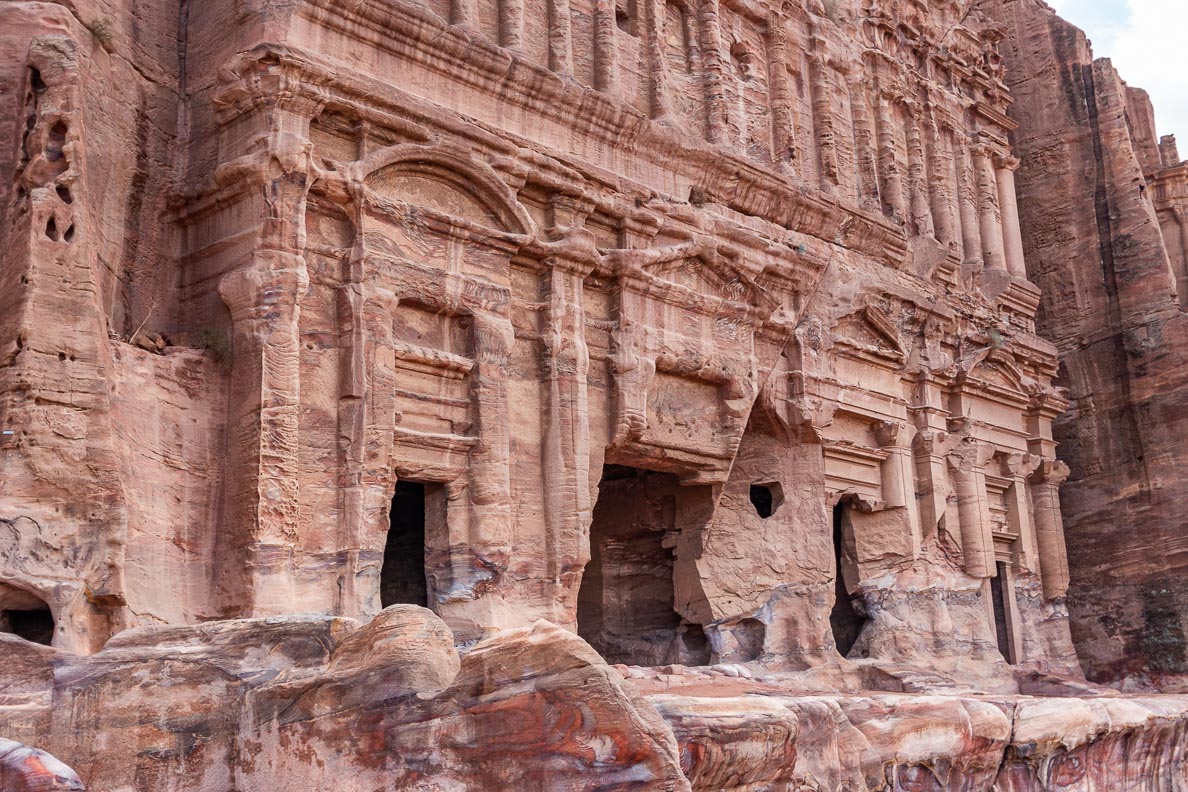
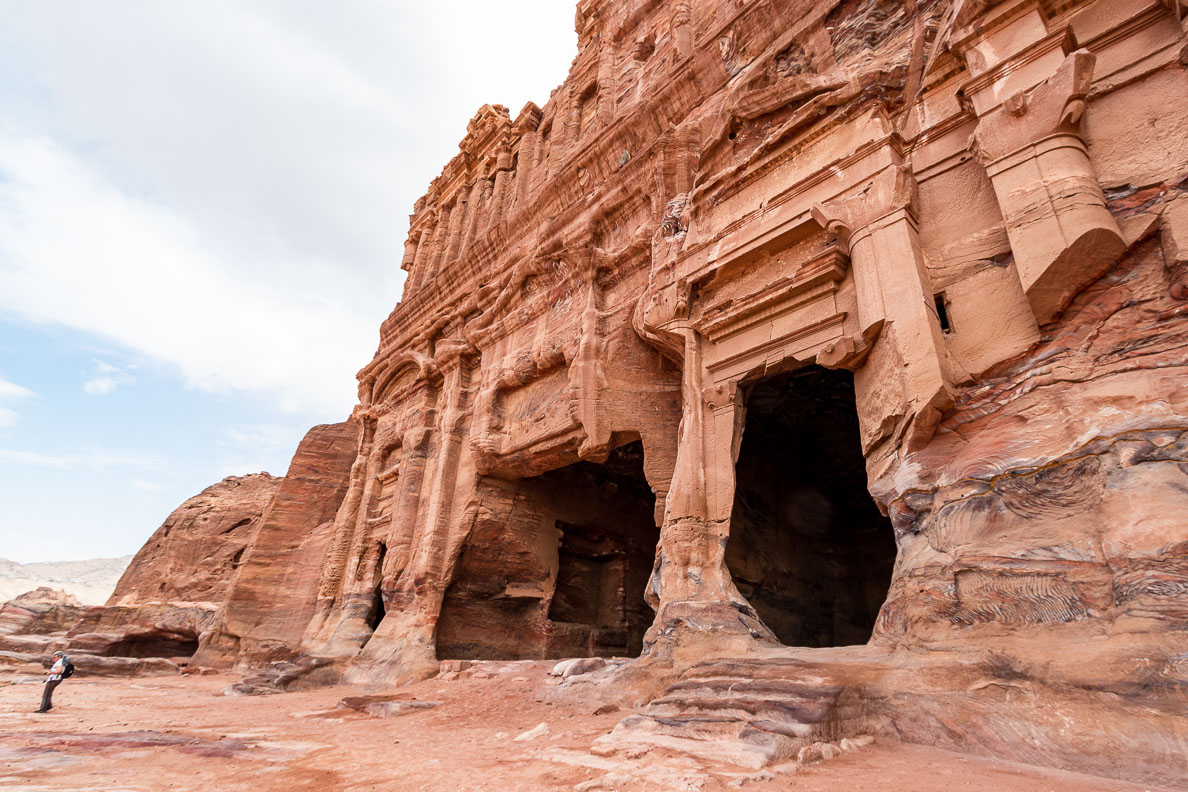
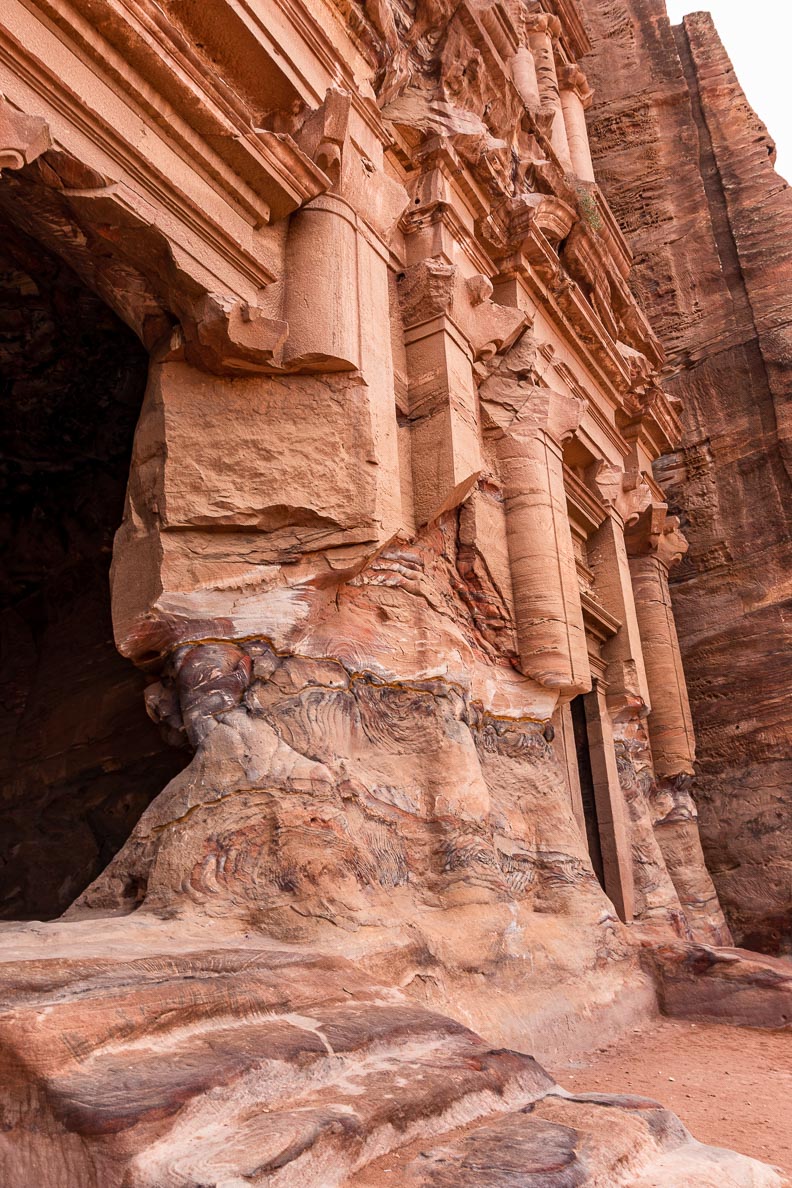
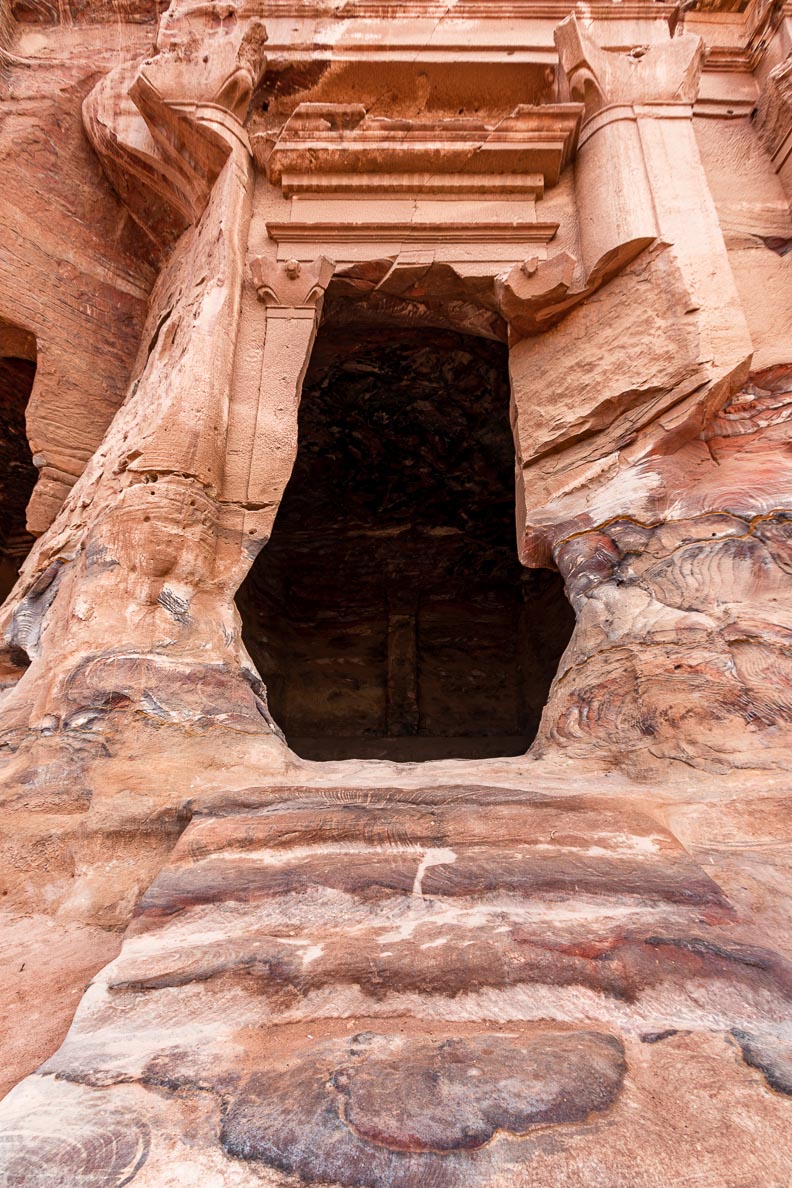
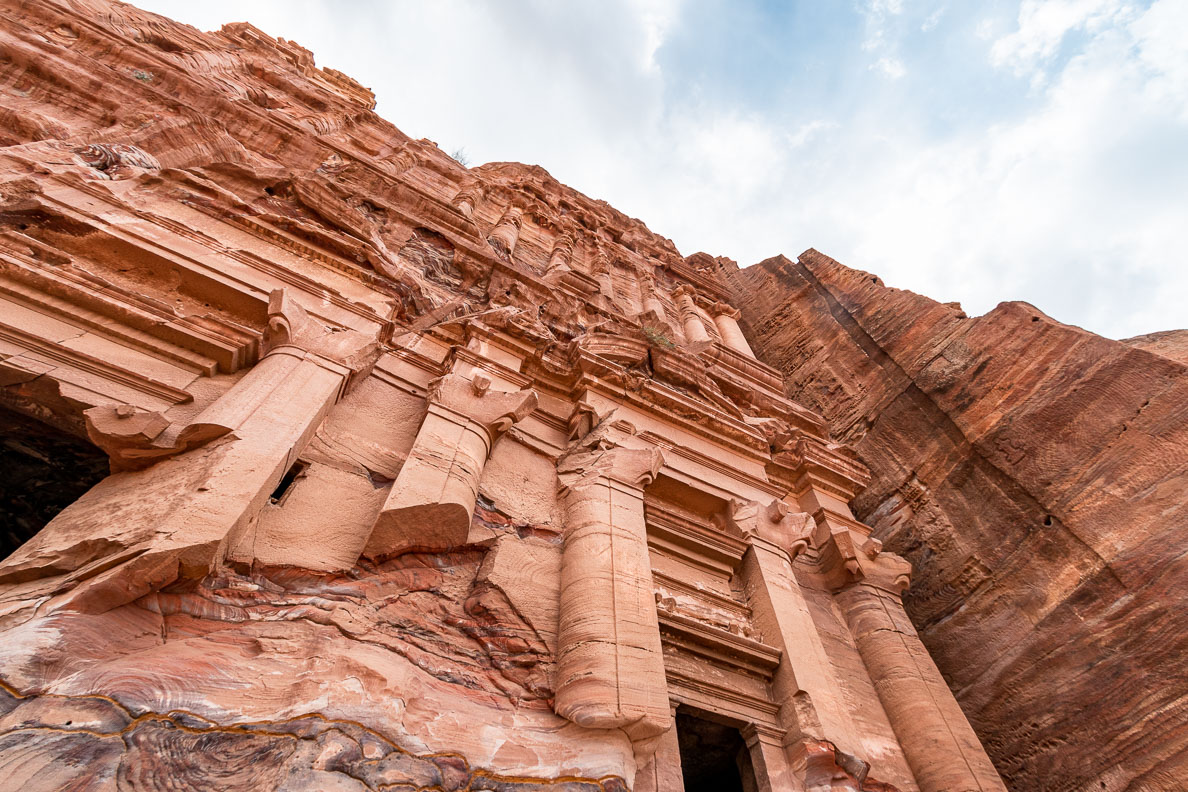
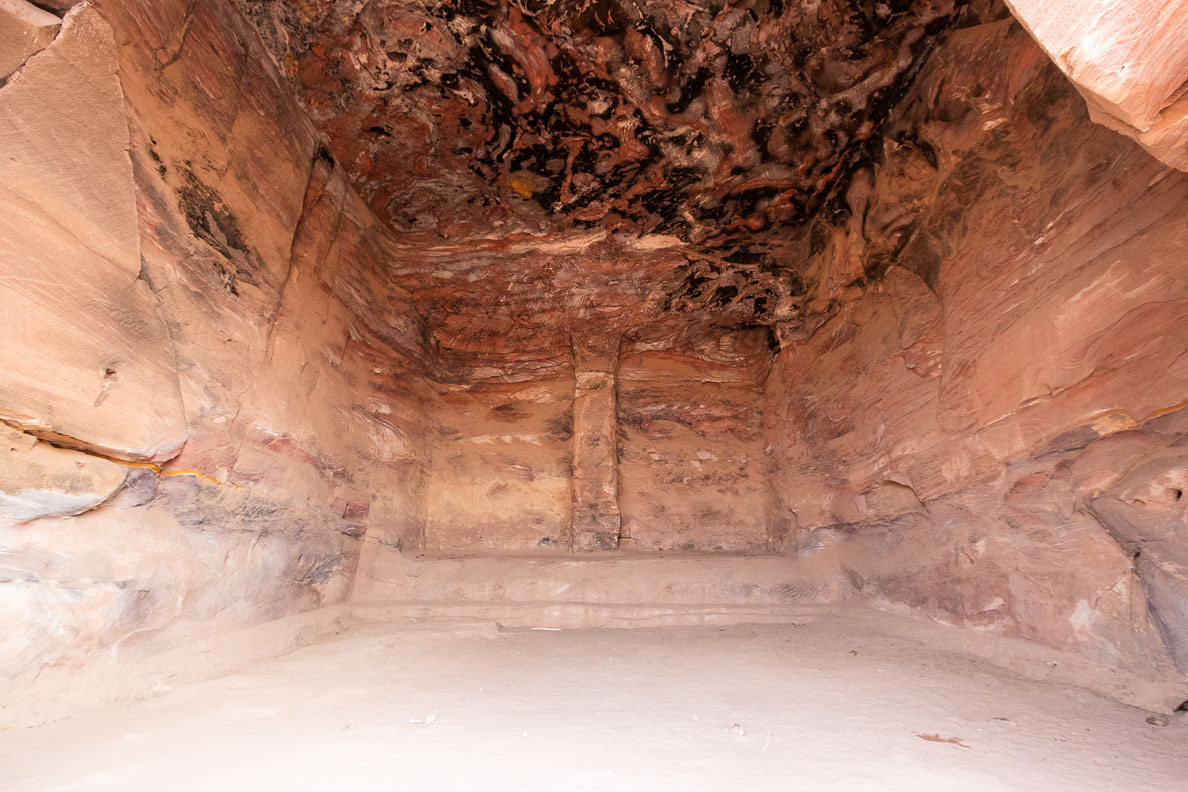
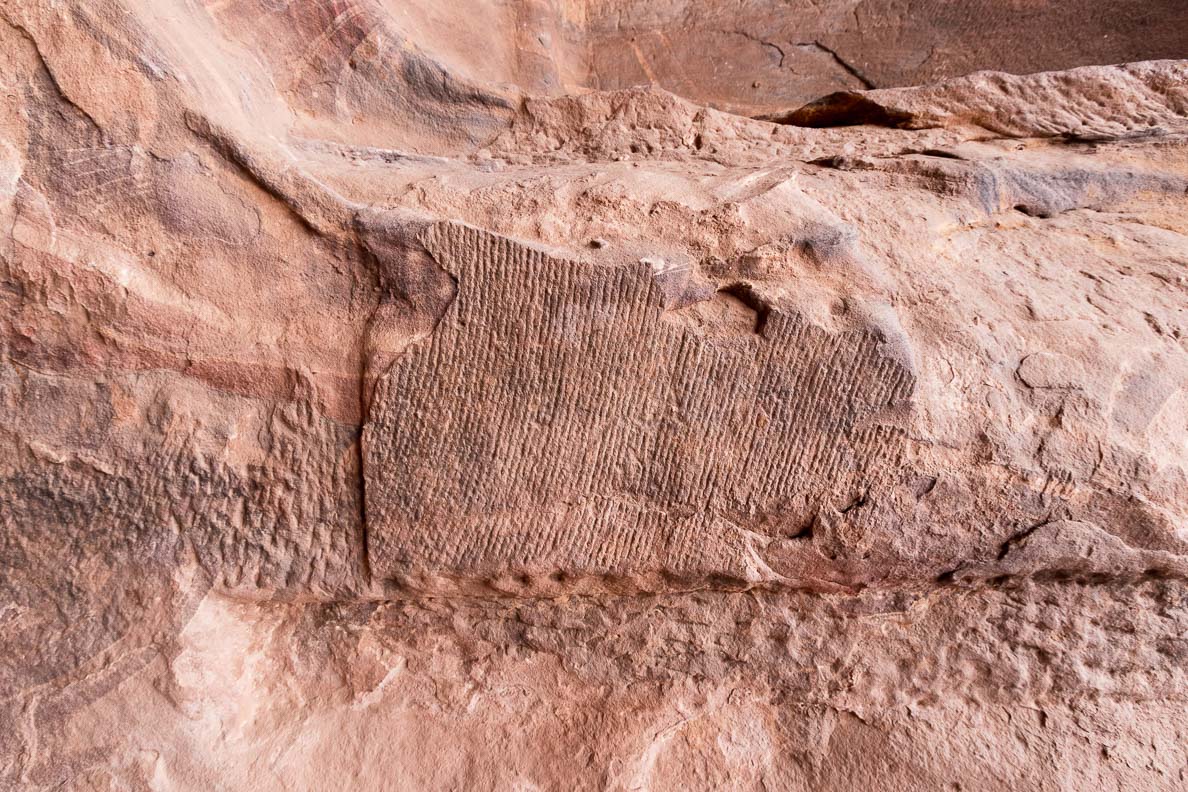
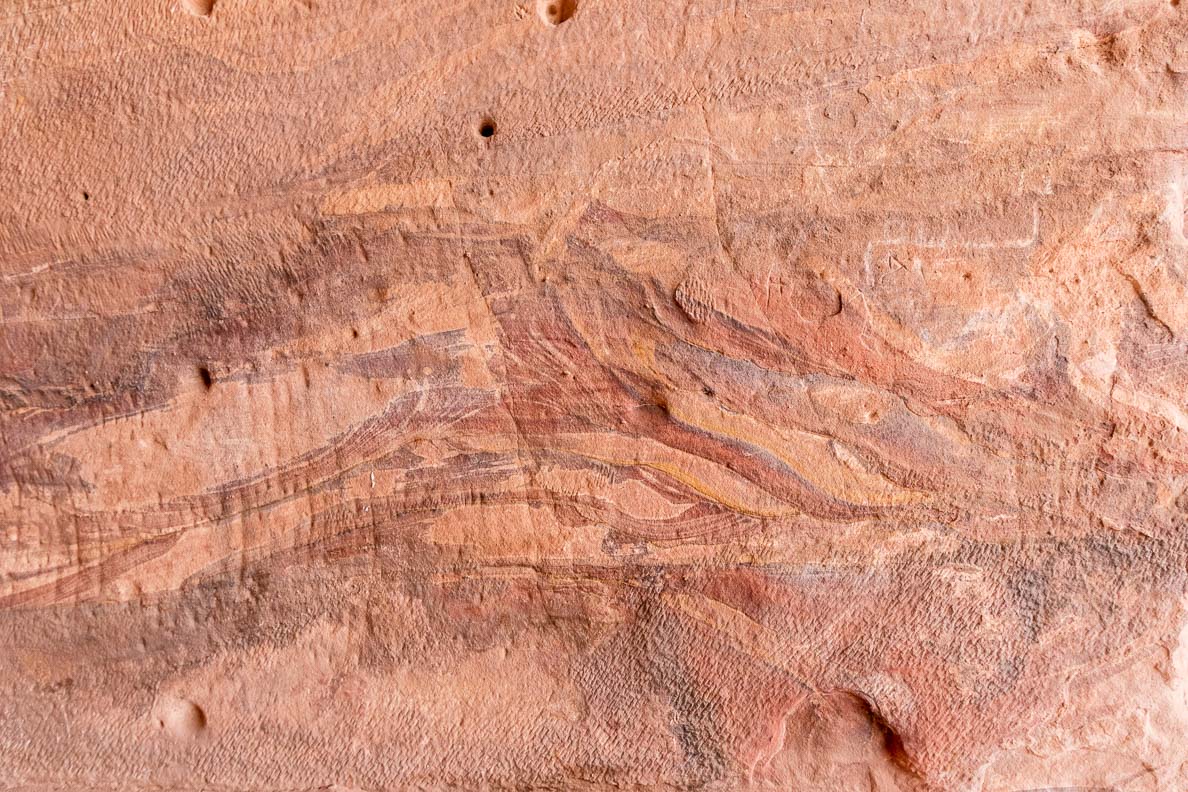
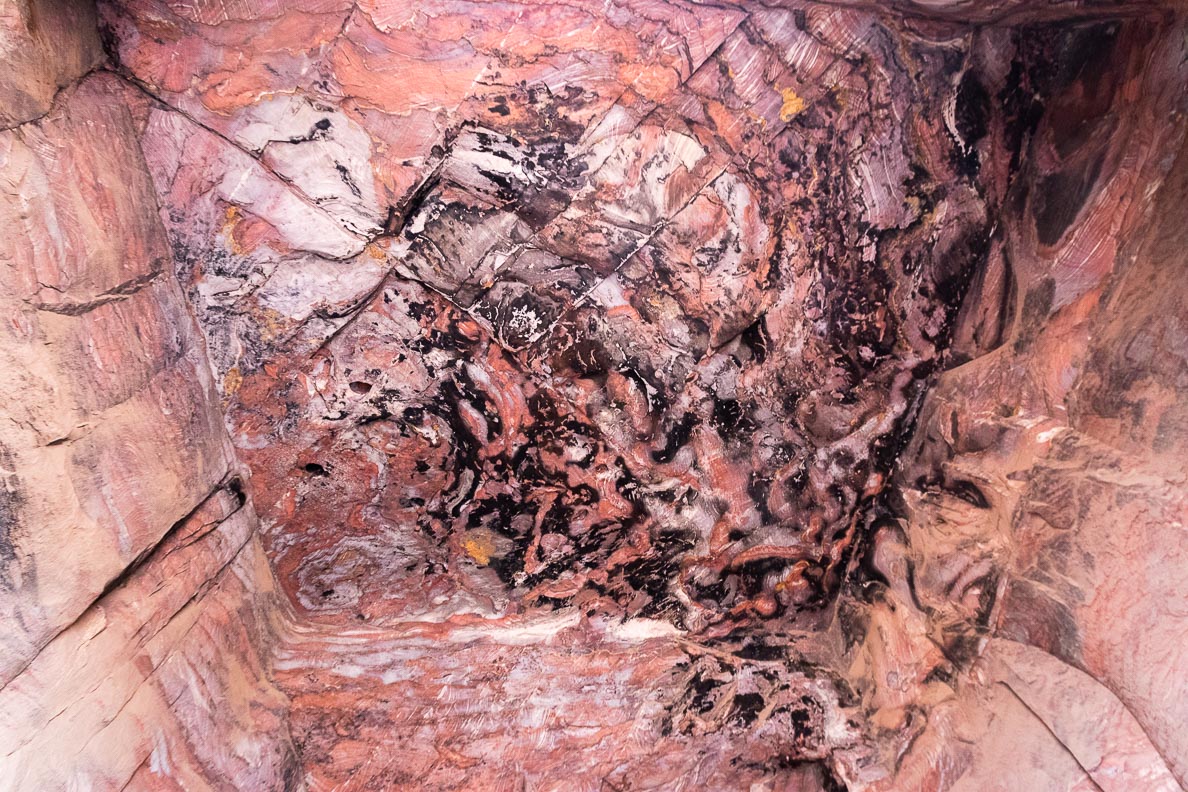
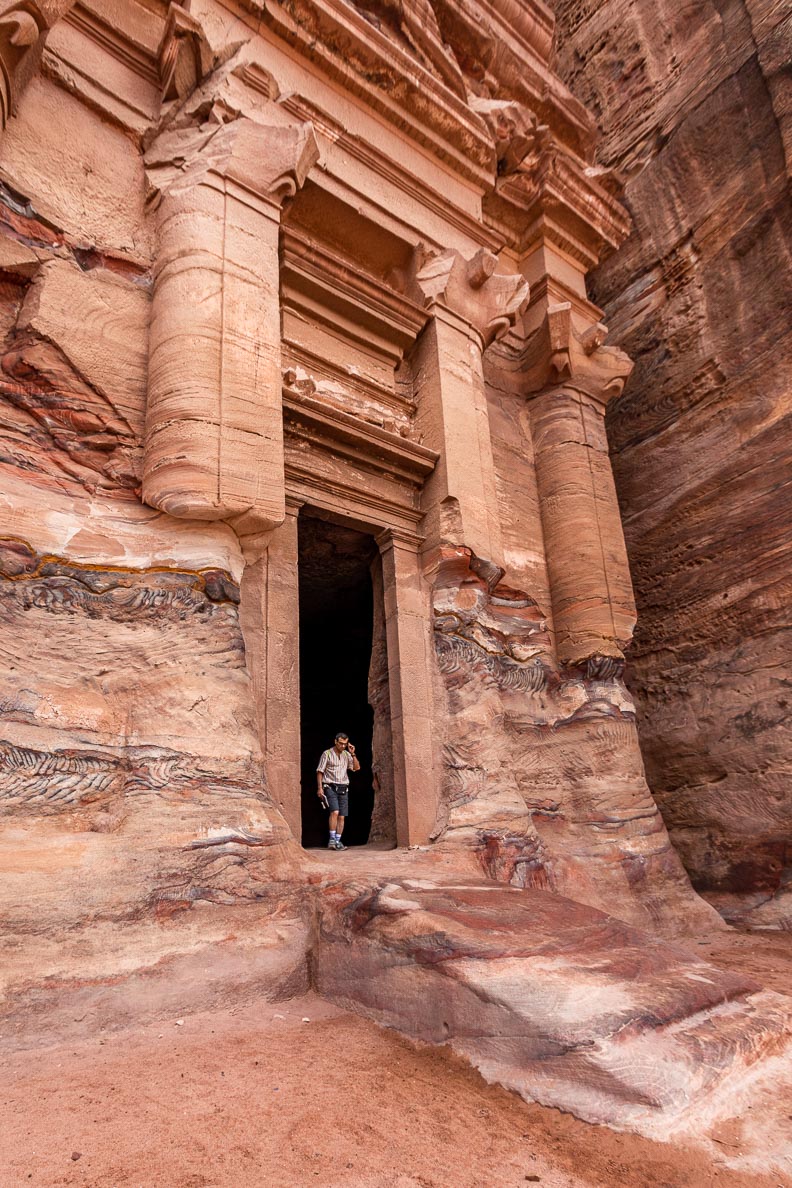
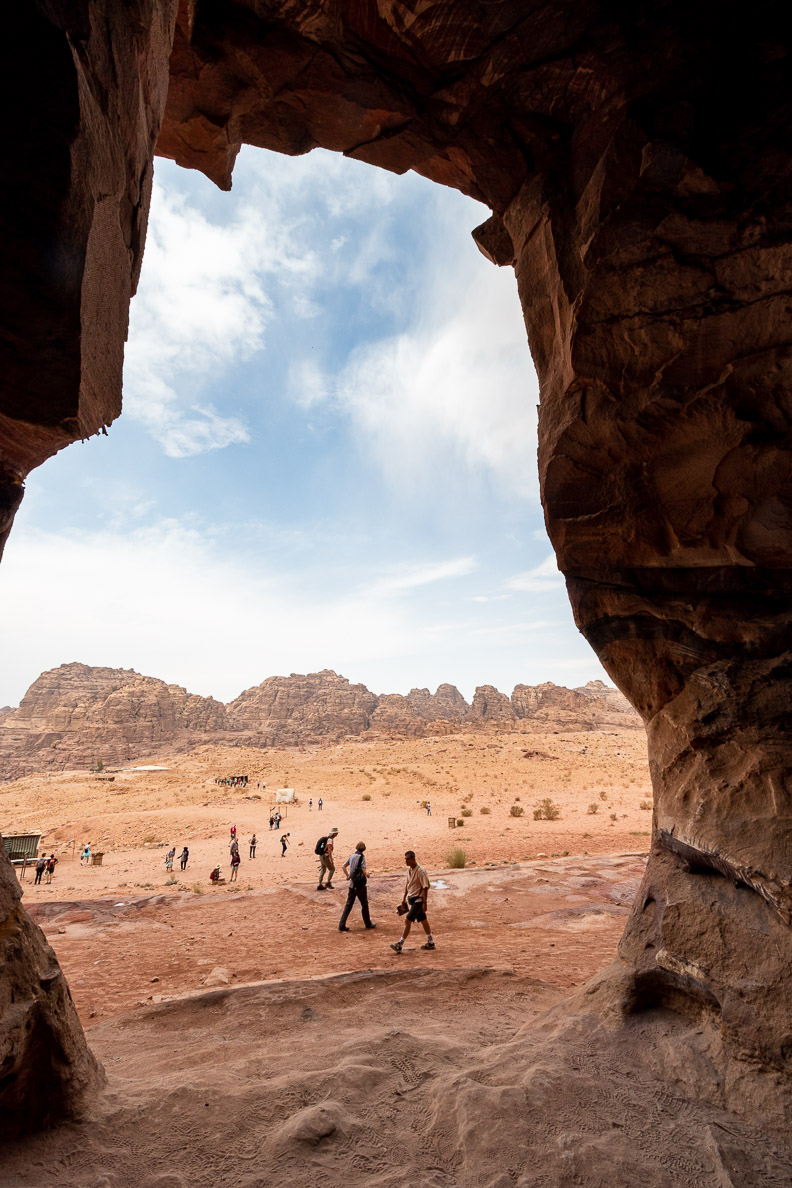
Corinthian tomb
Royal tomb
The Corinthian tomb was named by Leon de Laborde (1828), an early explorer. The upper order, with its central tholos and broken pediment, is similar to both the Treasury and the Monastery. In the lower order, windows of different sizes to the right, doors to the left. The main doorway is largely destroyed.
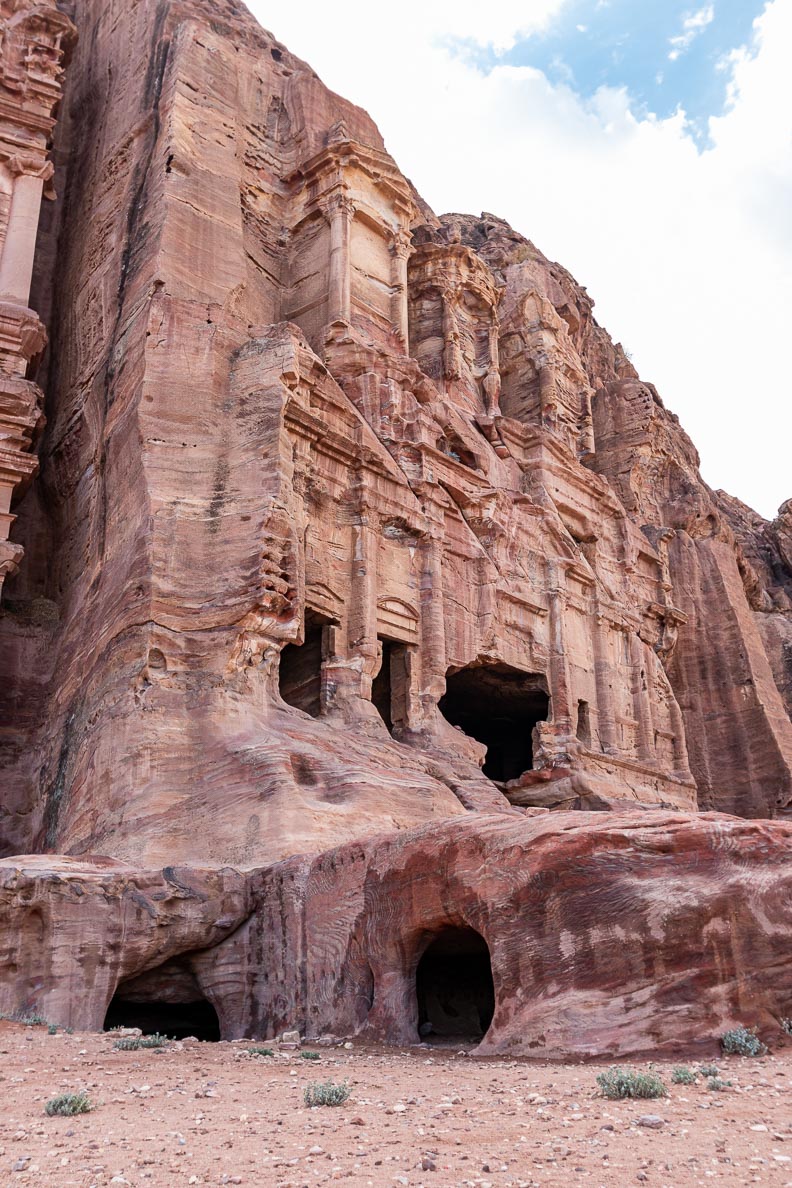
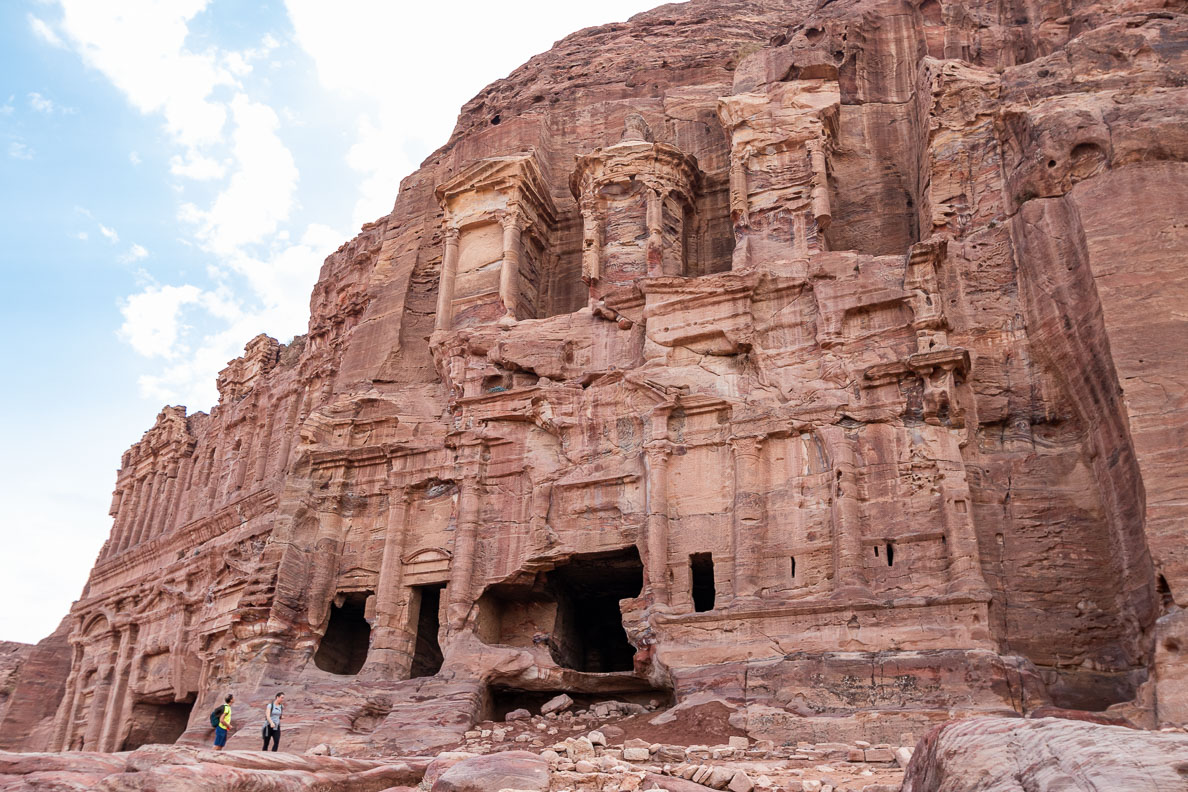
Silk tomb
Royal tomb
The Silk tomb is named after the beautiful, multicolored striations on its facade. There is a separate entrance for each of its two stories.
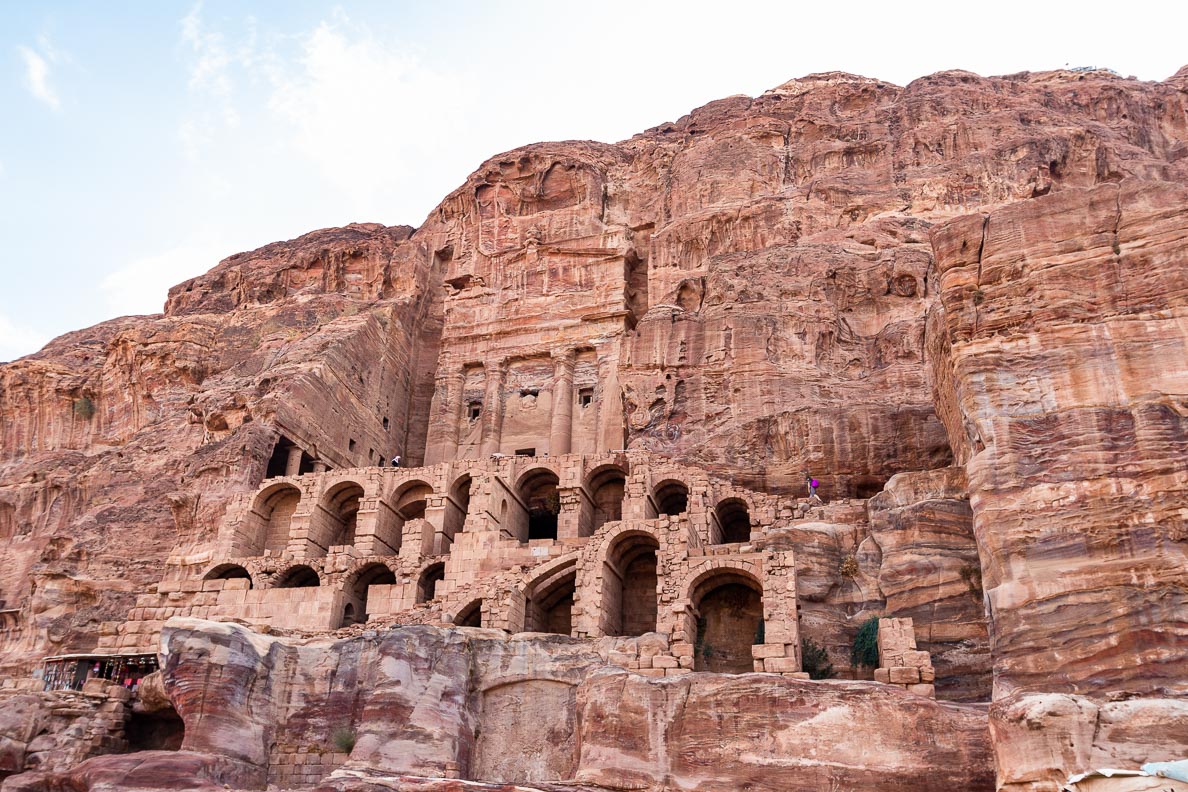
Urn tomb
The Urn tomb is named after a stone urn that is carved on top of its pediment. There is a large courtyard in front of it, where you can get a great view of the city. The courtyard is supported by two levels of tall archway arcades.
According to a Greek inscription found inside the ground-floor chamber, the tomb was converted into a Byzantine church in 446-447 AD. In the chamber, you can see holes in the floor and walls. They were to anchor or hang church furnishings such as lamps and tapestries.

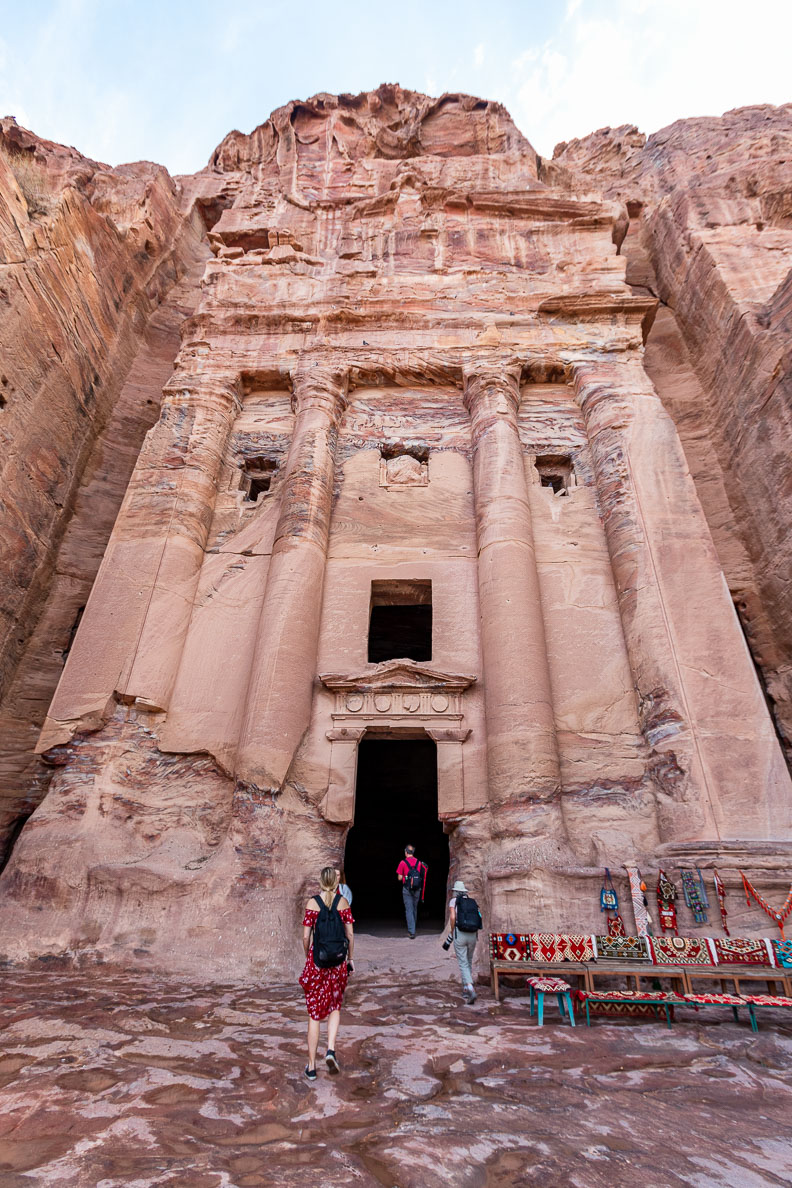
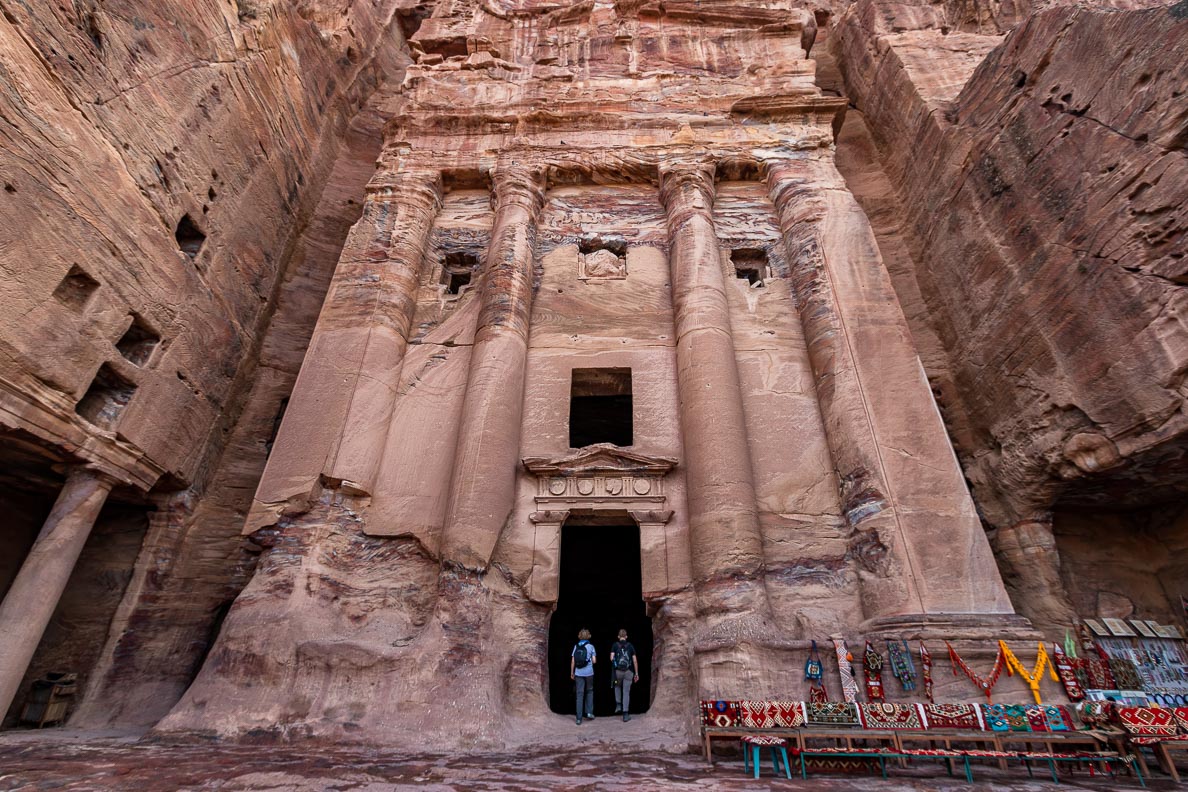
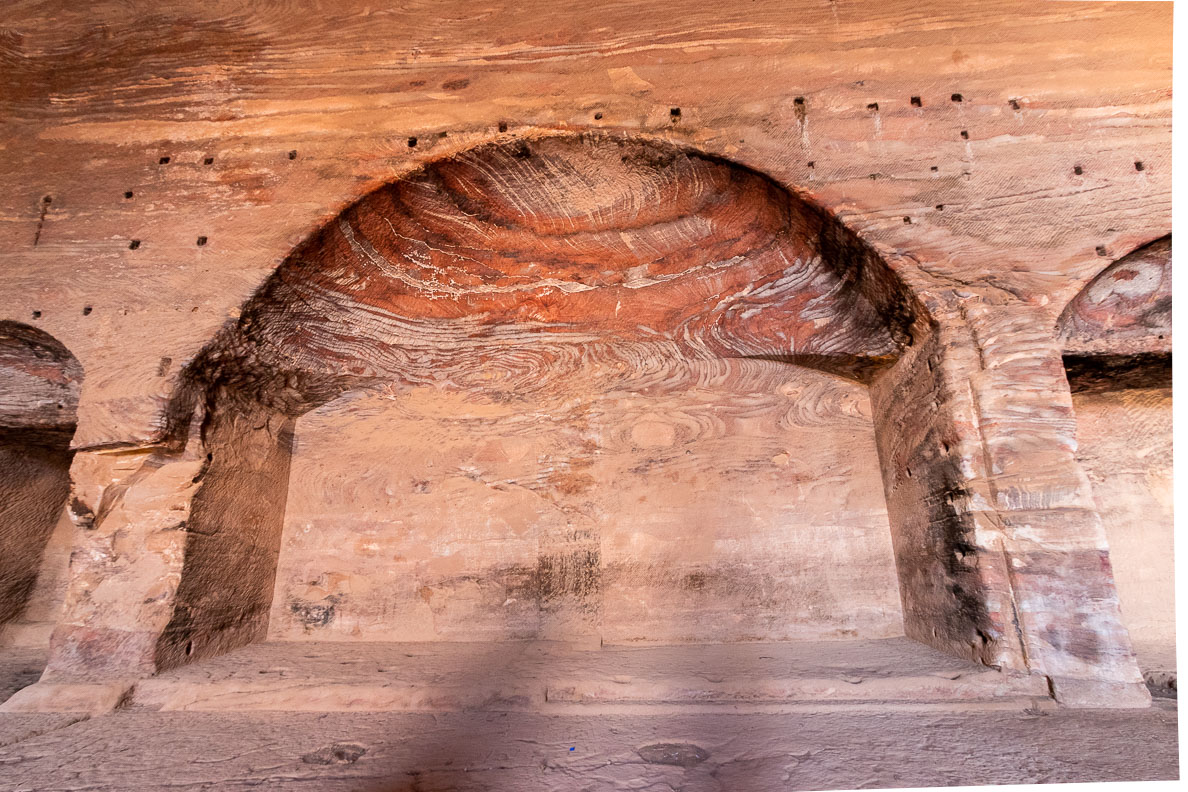
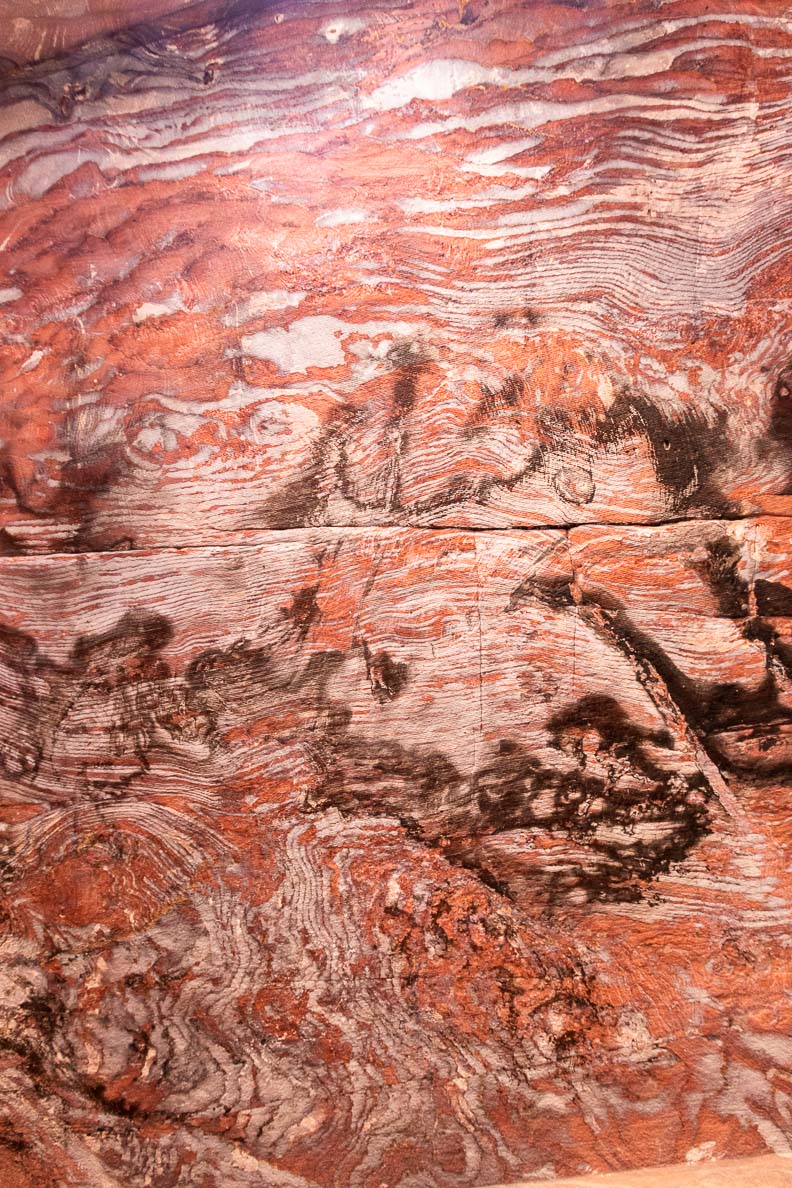
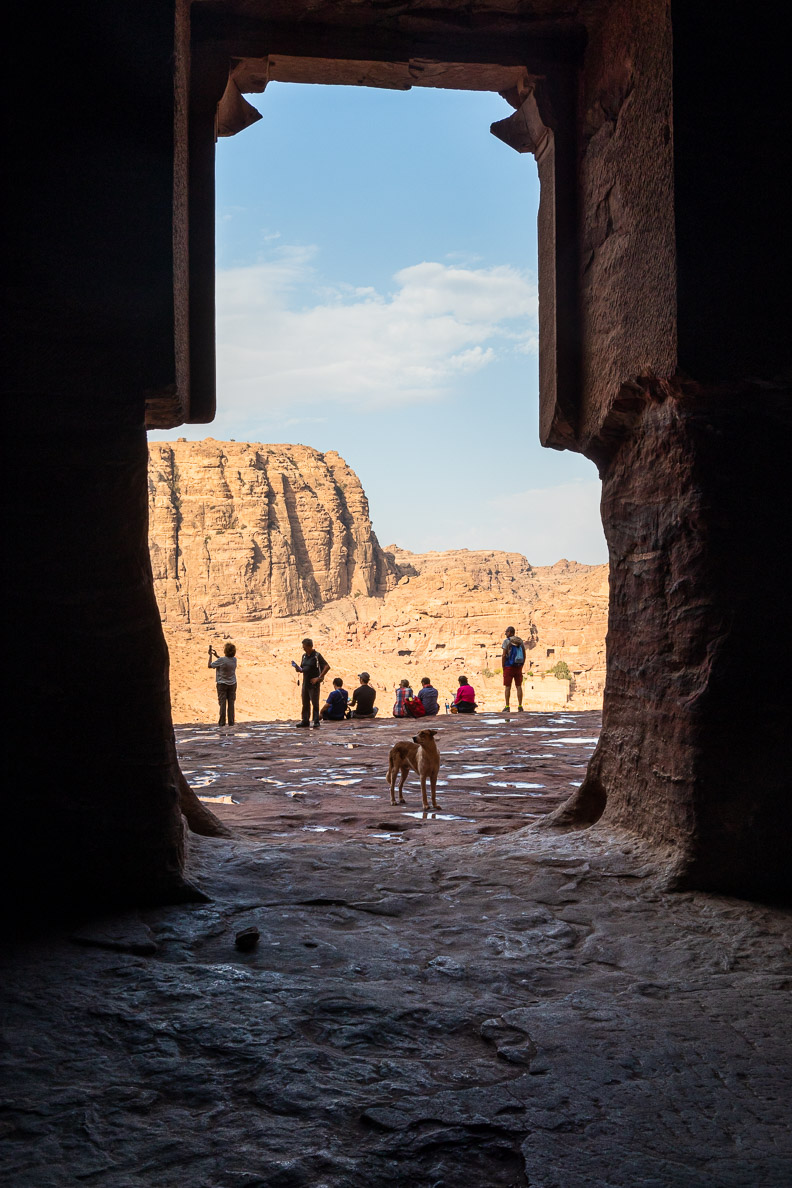
Did you know...
Petra ٱلْبَتْرَاء, meaning "rock," is the Greek denomination of the ancient capital of the Nabataeans, which they themselves called Raqmu.
